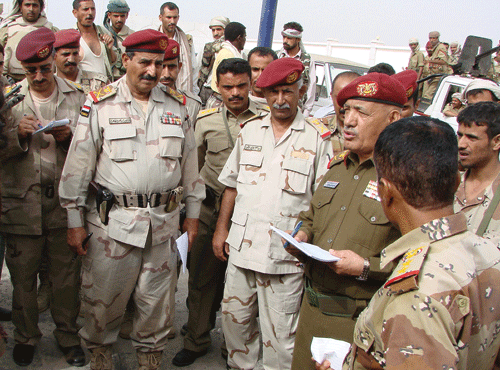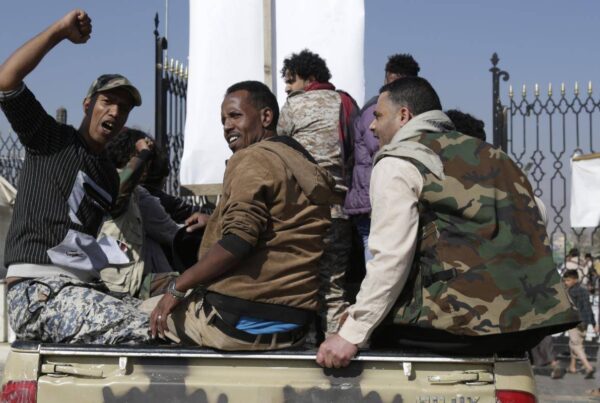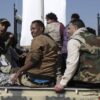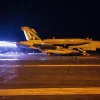Few in Yemen can remember the last external war their country’s national army fought. For the record, the last time Yemeni troops aimed their artillery at non-Yemenis was the 1934 war with Saudi Arabia.
Since then, the army’s weaponry has been turned inwards, supporting successive regimes in the suppression of opposition movements across the country. The military, along with the tribes and religious leaders, make up the troika of power in Yemen, and therefore part of the axis of corruption and misery Yemenis have lived with for a very long time.
Even after this past year of revolution and all the blood spilled, the majority of Yemen’s military to this day remains under the control of the son of Yemen’s former president Ali Abdullah Saleh, as well as his nephews, half-brother(s) and other close ties. Statistics on the Yemeni military are rare and hard to find, yet there is some consensus that military spending hovers around 5 percent of the country’s gross domestic product, which in 2011 was roughly $36 billion. In 2009 alone, former President Ali Abdullah Saleh signed a deal to buy $1 billion worth of arms from Russia. The flow of American military assistance also increased in the last decade, topping $150 million in 2010. Seeing Yemen solely from a counter-terrorism perspective, American cash and blessings have found their way onto (and under) Saleh’s table since 2001. In return, the US has enjoyed free access to Yemeni airspace. A US diplomatic cable released by Wikileaks reported that Saleh told General David Petraeus that the Yemeni government would continue telling Yemenis, “The bomb is ours,” effectively giving the American military a free pass to launch drone missile strikes against targets it considered linked to Al Qaeda in the Arabian Peninsula — though often resulting in civilian casualties.
Since the beginning of Yemen’s uprising in early 2011, one of the biggest demands of the protesters was restructuring the army based on national criteria, and replacing Saleh’s relatives with credible military leaders. During the uprising, Saleh relied on two segments of the army — the Republican Guard, led by his son, and the Central Security Forces (CSF), lead by his nephew — to put down peaceful protests. The CSF contains a counter-terrorism unit that had received American military training and equipment, resources it used to great effect against protesters.
But armies founded on personal interests rather than national ones have indelible fault lines that splinter under pressure, as was the case in Yemen. The First Armored Division, led by Ali Mohsen al-Ahmar — another of Saleh’s relatives — in March declared its support for the revolution and its intent to protect the squares where protesters had set up camp. This lead to battles between it and the Republican Guard, dividing Sanaa into what seemed two different republics. Yemenis lived in a nightmare for months after, afraid that the clashes would lead to civil war, which at times seemed inevitable.
Among the core provisions of the Gulf Cooperation Council deal that facilitated Saleh’s exit earlier this year was the restructuring of the army over a transitional period of two years. While little has been done, and the likelihood for meeting the timeframe seems slight, remaking the army has become the next popular grievance to target for the revolutionaries. Opposing them is an established military elite, with few of the elderly commanders inclined to cede power to the new structure. The precariousness of the situation becomes more apparent when one takes into account the several hundred thousand soldiers receiving salaries from the government, but who are not part of the regular army. These are salaries funneled through tribal Sheikhs and military leaders each month via a shady, pseudo-mafioso system, which has built and sustained fiefdoms of armed influence and a complex hierarchy of loyalties.
Yemen faces a humanitarian crisis, more than half a million internally displaced people, multiple armed conflicts and a near endless stream of other imminent catastrophes. Yet the restructuring of the army is arguably the most complicated and crucial task the country must deal with. The hope is that attempting to do so does not simply make things worse for everyone. And even if, by a miracle, the reconstitution of the army occurs without major mishap, it will take decades for the Yemeni military to reconstruct its relationship and image with the people of Yemen.








